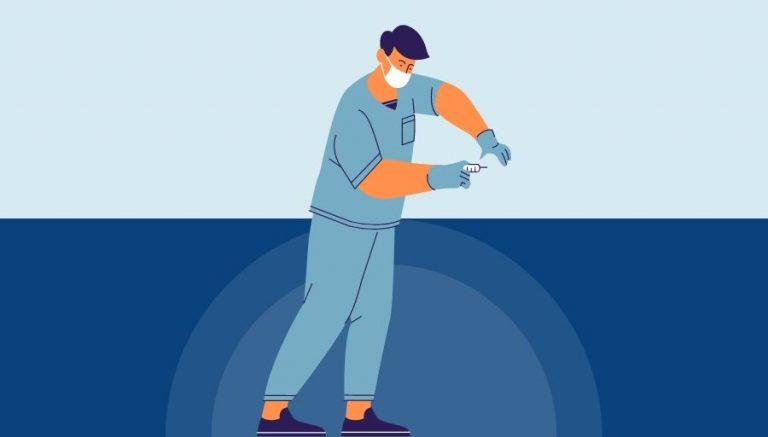How To Use CPT Code 95866
CPT 95866 describes the procedure of needle electromyography for the hemidiaphragm. This article will cover the official description, procedure, qualifying circumstances, appropriate usage, documentation requirements, billing guidelines, historical information, similar codes and billing examples.
1. What is CPT Code 95866?
CPT 95866 can be used to describe the procedure of needle electromyography specifically for the hemidiaphragm. This code is used when a healthcare provider inserts a needle with wire electrodes through the skin and into the muscles of half of the diaphragm to record the electrical activity produced by the muscle cells during spontaneous respiration.
2. Official Description
The official description of CPT code 95866 is: ‘Needle electromyography; hemidiaphragm.’
3. Procedure
- The healthcare provider prepares the patient for the procedure, ensuring their comfort and understanding of the process.
- The provider inserts a needle with wire electrodes through the skin and into the muscles of half of the diaphragm.
- While inserting the electrode, the provider monitors the electrical activity produced by the muscle cells using an electromyograph.
- The provider records and analyzes the electrical signals, which can be heard on a loudspeaker.
- The procedure is completed, and the provider removes the needle and electrodes from the patient.
4. Qualifying circumstances
CPT 95866 is performed when a patient presents with diaphragmatic dysfunction, and the procedure is used to diagnose and provide prognosis for such patients. The provider must insert the needle with wire electrodes into the muscles of the hemidiaphragm, or half of the diaphragm, to monitor the electrical activity.
5. When to use CPT code 95866
CPT code 95866 should be used when a healthcare provider performs needle electromyography specifically for the hemidiaphragm. This code is appropriate when the provider inserts the needle with wire electrodes into the muscles of half of the diaphragm to record the electrical activity during spontaneous respiration.
6. Documentation requirements
To support a claim for CPT 95866, the healthcare provider must document the following information:
- Patient’s diagnosis or symptoms indicating the need for the procedure
- Date and time of the procedure
- Details of the procedure, including the insertion of the needle with wire electrodes into the muscles of the hemidiaphragm
- Recordings and analysis of the electrical signals
- Any additional relevant information or findings
- Provider’s signature
7. Billing guidelines
When billing for CPT 95866, ensure that the procedure is performed specifically for the hemidiaphragm. There are no specific guidelines regarding reporting CPT 95866 with other codes. However, if reporting only the physician’s interpretation for the radiology service, append modifier 26. If reporting only the technical component, append modifier TC. Do not append a professional or technical modifier when reporting a global service where one provider renders both components.
8. Historical information
CPT 95866 was added to the Current Procedural Terminology system on January 1, 2006. There have been no updates to the code since its addition.
9. Examples
- A neurologist performing needle electromyography specifically for the hemidiaphragm to assess a patient with suspected diaphragmatic dysfunction.
- A pulmonologist using needle electromyography for the hemidiaphragm to evaluate a patient with respiratory muscle weakness.
- An intensivist performing needle electromyography specifically for the hemidiaphragm to monitor a patient with a spinal cord injury affecting diaphragmatic function.
- A thoracic surgeon using needle electromyography for the hemidiaphragm to assess a patient prior to diaphragmatic plication surgery.
- A physical medicine and rehabilitation specialist performing needle electromyography specifically for the hemidiaphragm to evaluate a patient with suspected phrenic nerve injury.
- A respiratory therapist assisting a physician in performing needle electromyography for the hemidiaphragm to assess a patient with suspected diaphragmatic paralysis.
- An anesthesiologist using needle electromyography specifically for the hemidiaphragm to evaluate a patient’s diaphragmatic function prior to surgery.
- A critical care physician performing needle electromyography for the hemidiaphragm to assess a patient with suspected neuromuscular disease affecting respiratory function.
- A neurosurgeon using needle electromyography specifically for the hemidiaphragm to evaluate a patient with suspected nerve root compression affecting diaphragmatic function.
- A rehabilitation medicine specialist performing needle electromyography for the hemidiaphragm to assess a patient with spinal cord injury-related respiratory dysfunction.



